The Art of Co-Authoring
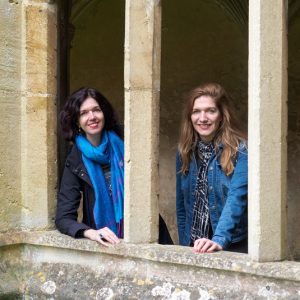
Lacock Abbey Cloisters
Writing is usually a solitary process. The author finds a story, fills it with characters and gets to decide who lives and who dies (at least until her editor gets involved). So most people’s response when I tell them that I write books with my sister is surprise: surprise that a creative process can be shared; surprise that we haven’t (yet) fallen out or killed each other.
But Liz and I have been writing together now for 6 years, and our third book – the last part of our YA trilogy, The Witch’s Kiss has recently been published by HarperCollins Children’s Books: for us, at least, collaboration has proved entirely positive.
It started as a bit of fun. We’ve both written alone since childhood, off and on. But for various reasons neither of us ever got a project to the point where we could send it to someone. In 2012, I was taking some creative writing classes at the local adult education centre. Liz had started working on a novel in her spare time, but with two small children, she was making slow progress. As my confidence in my writing grew, I offered to help her out.
We thought it would be a fun project to work on together. And it was: huge amounts of fun. We bounced ideas off each other and the whole thing zipped along faster than we thought possible. Within a year, we had a completed (and revised) novel. We’d finally finished something!
And at that point, we started wondering if we could actually do this. Actually get a book traditionally published and into bookshops. Terrified and exhilarated in equal measure, we started to research literary agents, write a synopsis and email out submissions…
What followed was a string of rejections. Some instant (within minutes of submitting), most standard, a couple with a few lines of advice. Most disappointing were two rejections following full manuscript requests. But the second of those agencies asked if we’d written anything else. We hadn’t, so we got back to our laptops. Seven months later, in January 2015, we sent our second book out to agents. This time we got three offers of representation and, later that year, a publishing deal. The Witch’s Kiss came out in June 2016, followed by The Witch’s Tears (2017) and The Witch’s Blood (2018).
That’s three co-authored books in just over three years, so we do (kind of) have a process now.
- We start with a detailed outline – we have to both be on the same page (literally) as to what our story is and where it’s going. It helps that neither of us is by inclination a ‘pantser’, and that we’re both flexible: the outline always changes (sometimes quite radically) as we go along.
- After outlining we break the story down into rough chapters – it’s an easy way of starting to divide up the workload. Again, we’re flexible: we write at different speeds, and sometimes one of us will want to keep going on a particular section. We can be flexible about this because we don’t do what some co-authors do and write alternate chapters as a dual narrative (for an example of this way of working, take a look at Will Grayson, Will Grayson by John Green and David Levithan). We aim to create one single ‘voice’, and The Witch’s Kiss trilogy is primarily written from the point of view of the main character.
- After the first draft is done, we edit (and keep editing until we hit our deadline). At this point everything is up for grabs, and we both re-write each other’s work as well as our own.
- This last stage is repeated through line edits, copy edits and proofs. While drafting we tend not to work in the same room (we might actually kill each other if we had to do that), but from copy edits onwards we spend more time reading through and re-writing together.
- Technology is of course massively helpful in all this. We use Dropbox so that all our work is accessible to both of us without having to email copies back and forth. We also text, use Skype and Facetime, and can frequently be found bickering about grammar and punctuation on Twitter.
So that’s how our co-authoring works. And I think it works for us because we’re so close. Much like the siblings at the heart of our trilogy, we’ve always looked out for each other and loved each other. We can be brutally honest with each other about our writing, and no one ends up hurt – not even when one of us works for days on a chapter which the other one then deletes and re-writes over-night. We have a life-time of shared influences which have resulted in similar interests and compatible writing styles. And the benefits are immense. There’s always someone there to share in joy of good reviews and cauterize the pain of bad reviews. Someone with whom to mull over rejections and thrash out new ideas that might lead to the next publishing deal. Someone who loves the fantasy world you’re absorbed in just as much as you do.
Could it work for you too? If you can find someone to write with whom you really trust, and if you’re willing to give up absolute authorial control in return for the benefits of teamwork, then yes.
—
Katharine and Elizabeth Corr are sisters and Essex girls transplanted to Surrey. They both studied history at university and worked in London. Then they both stopped working to raise families, not realising that children are far more demanding than clients or bosses. When they both decided to write novels – because fictional people are much easier to deal with than real ones – it was obvious they should do it together. When Katharine’s not writing, she likes playing the harp, learning dead languages and embracing her inner nerd. When Elizabeth’s not writing, she likes sketching, dancing round the kitchen and plotting for more time free of children and cats. They can sometimes be found in one of their local coffee shops, arguing over which character to kill off next.
The Witch’s Kiss trilogy is published by HarperCollins.
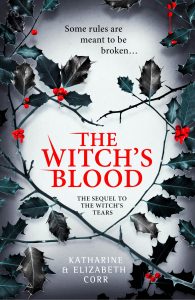
About THE WITCH’S BLOOD
How much is Merry really willing to give up to save the people she loves?
Category: Contemporary Women Writers, How To and Tips




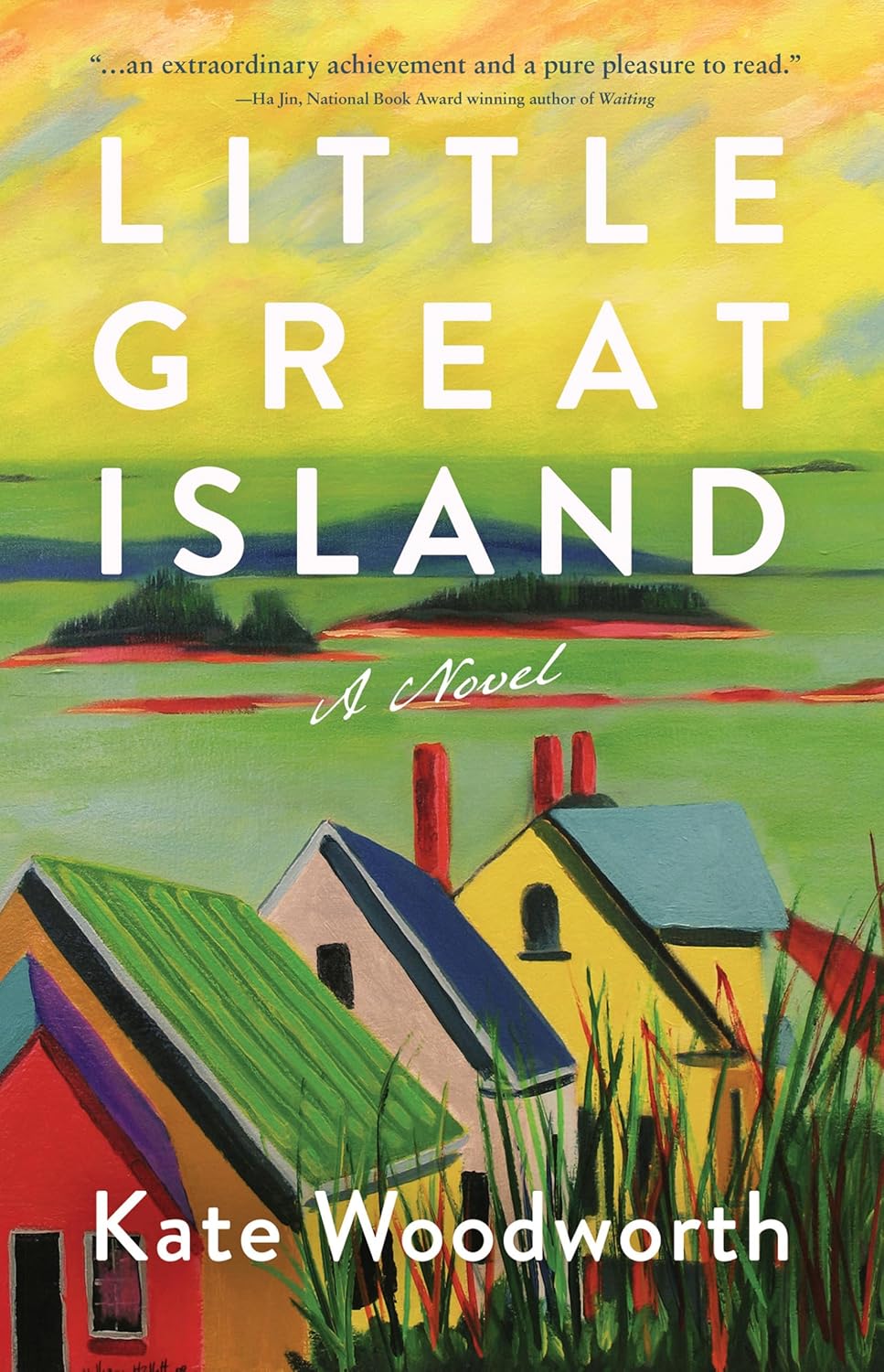

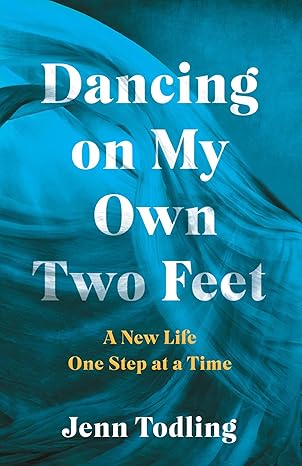
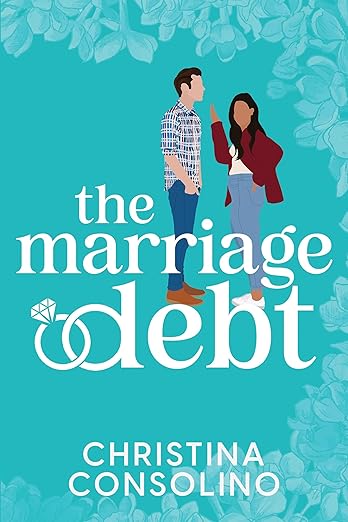
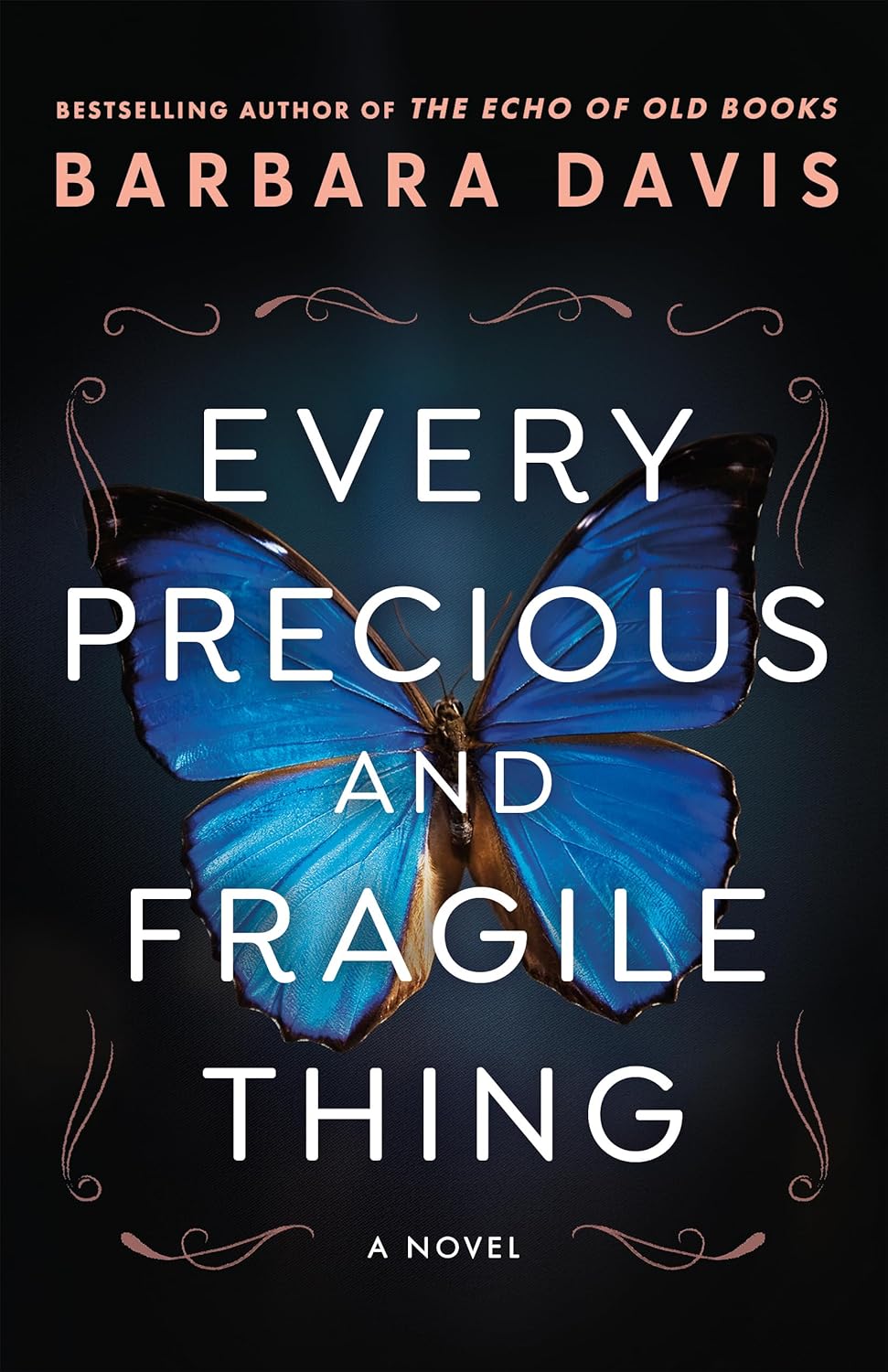
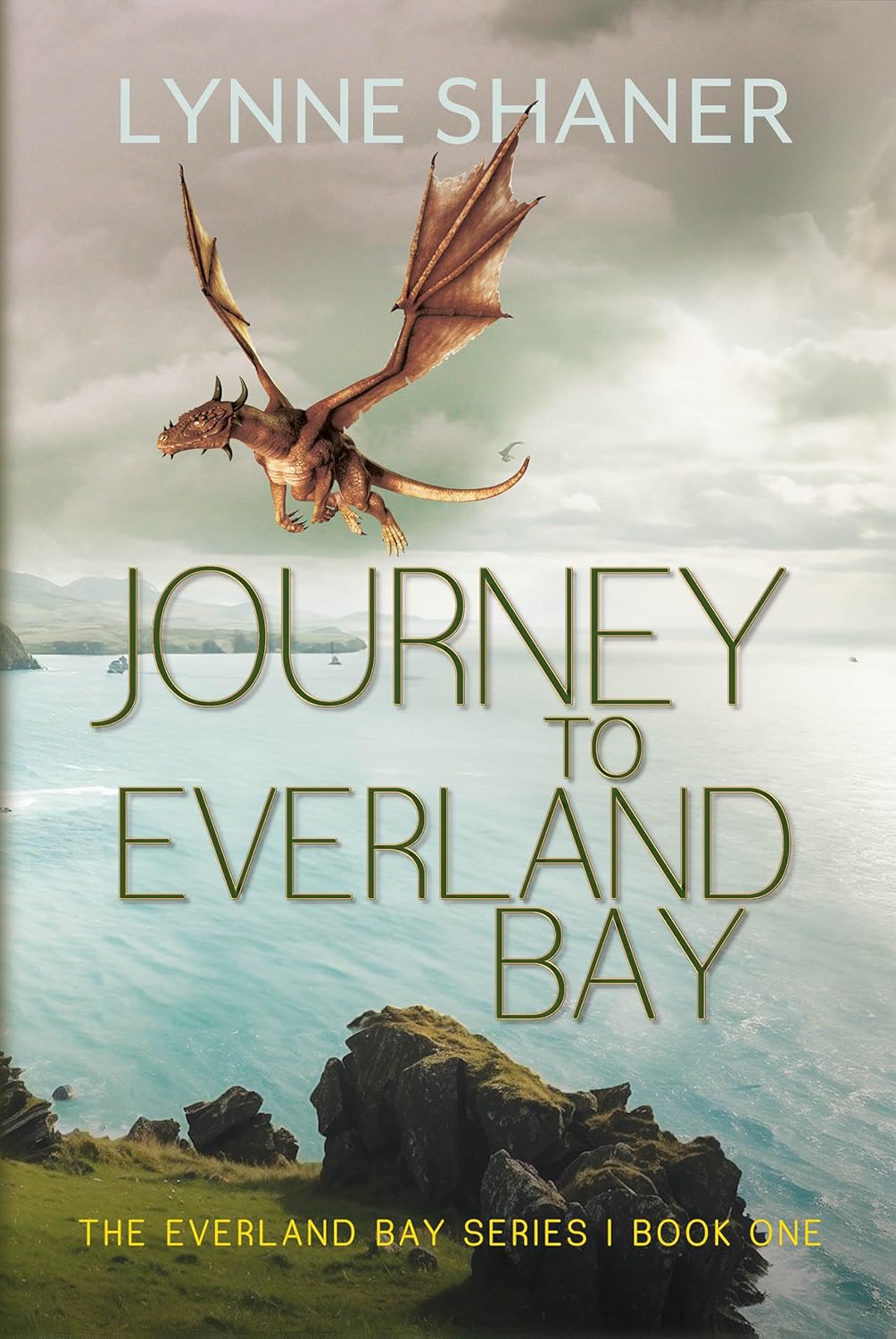
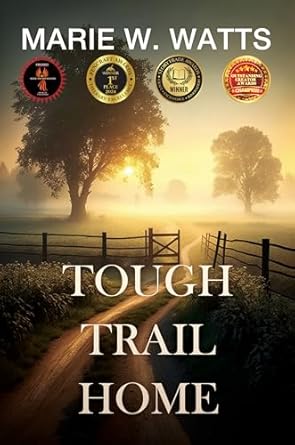
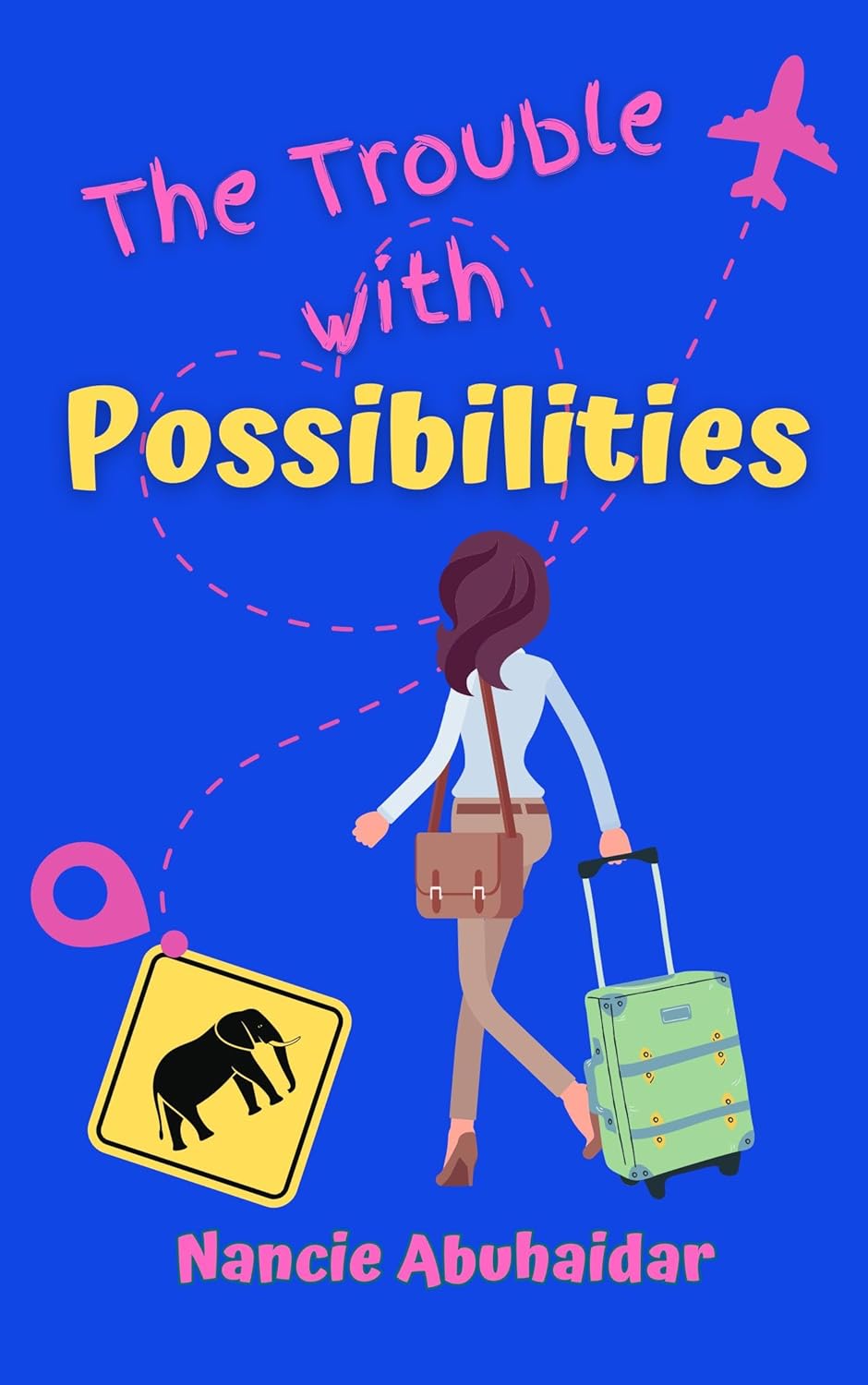

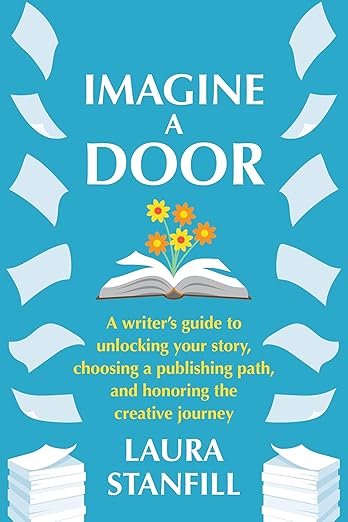
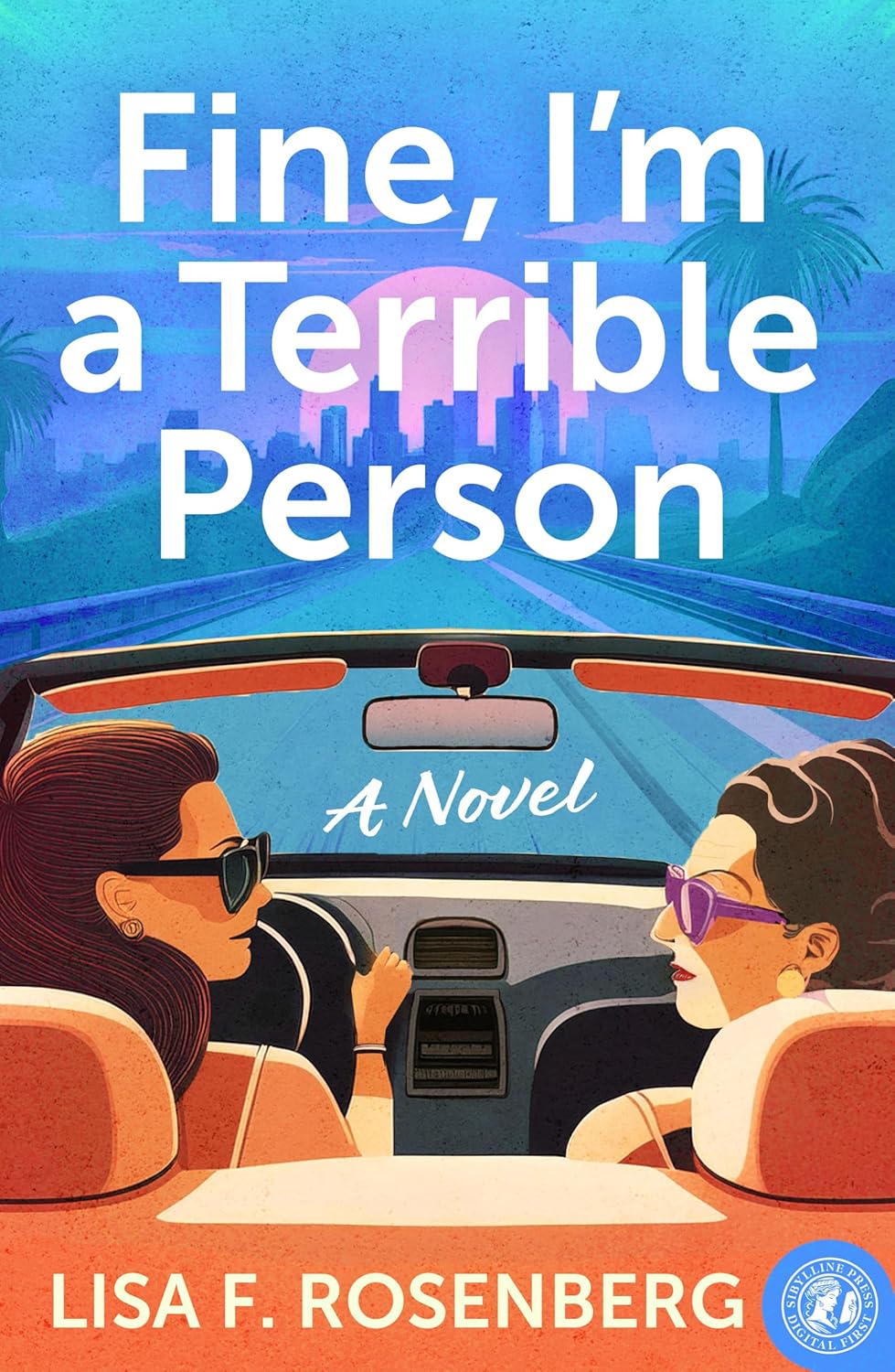
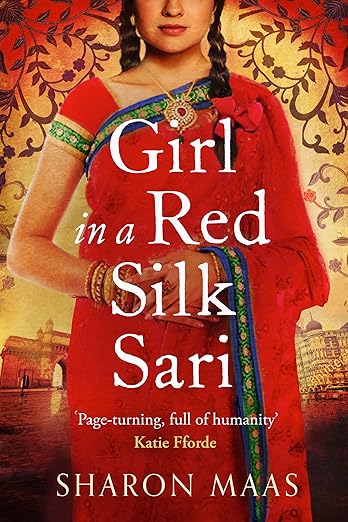
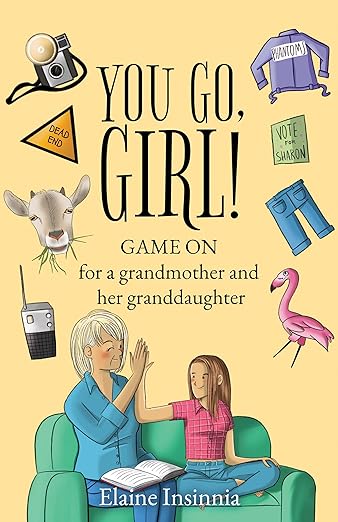

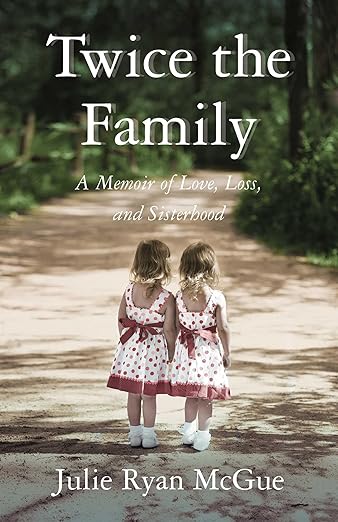
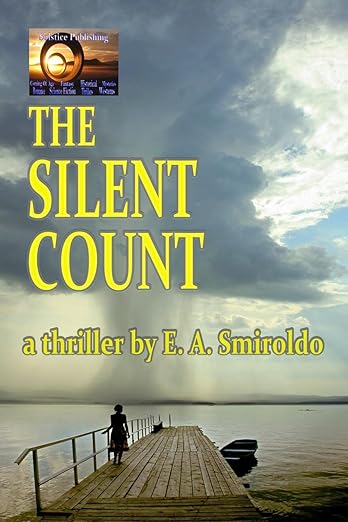

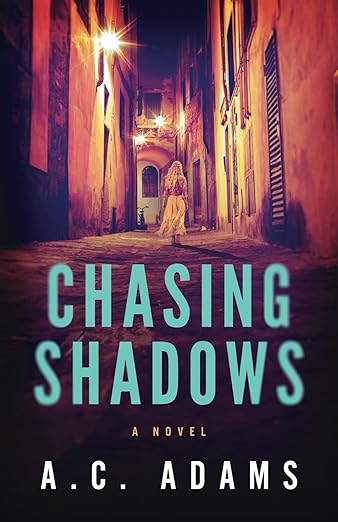
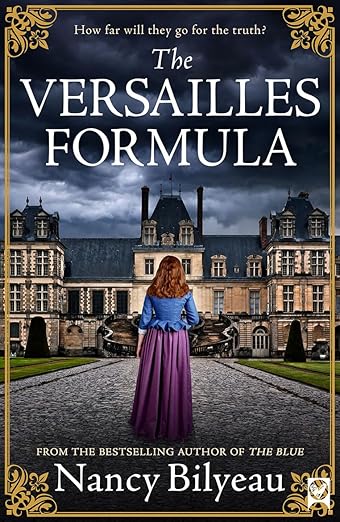
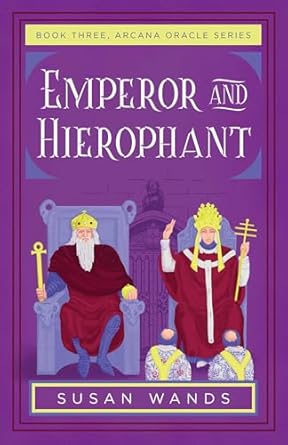
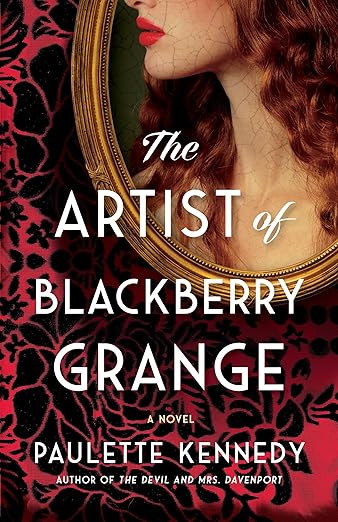



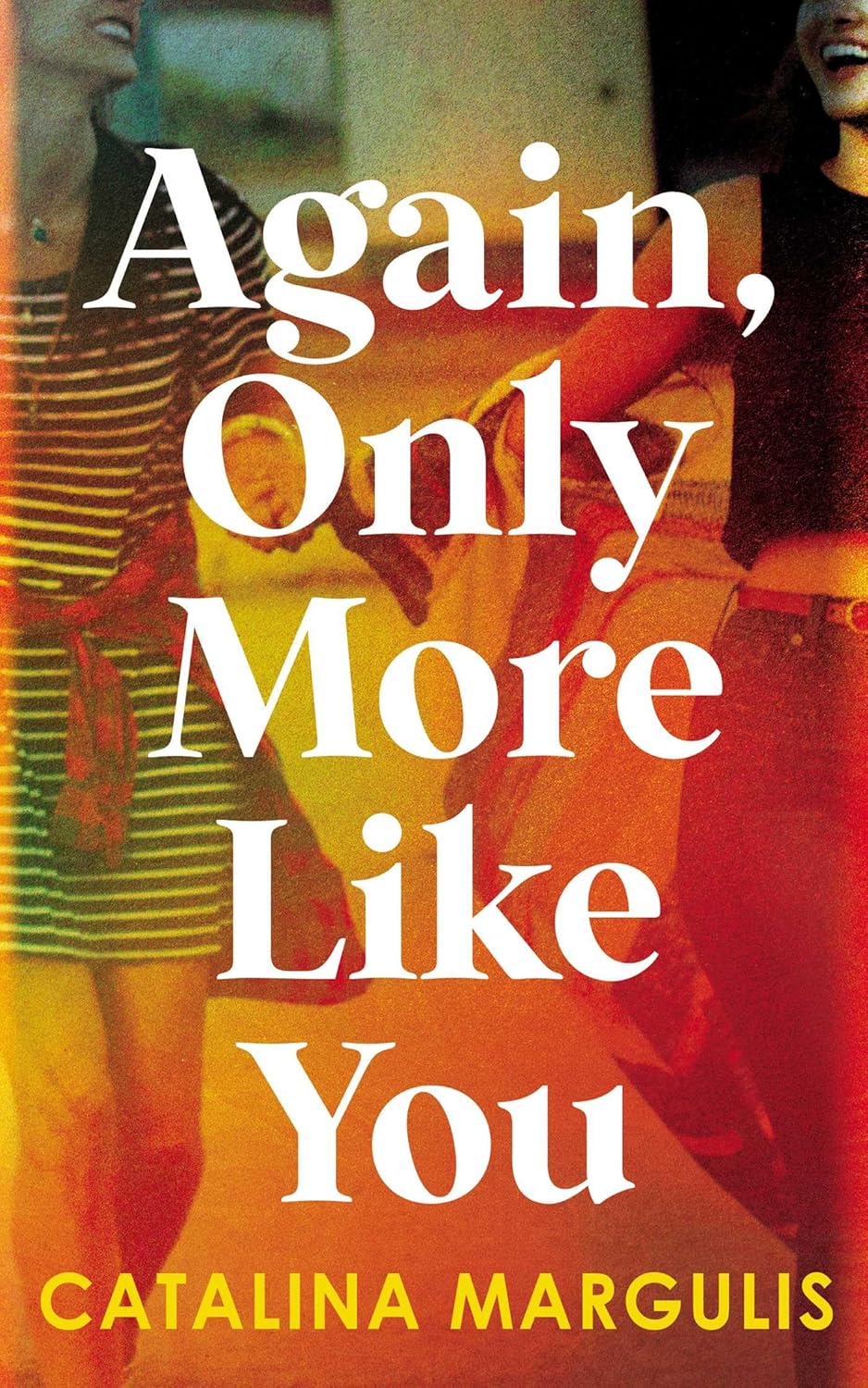
Thanks,, Katherine, for sharing this interesting and helpful post. I am in the process of crafting another book – part memoir/part “self-help” (though I don’t like that term for it) with my elderly mom. The only other book I had seen done in the manner I am thiinking is “Traveling with pomegranates” (Monk Kidd). I will be doing more of the writing and guiding, but your tips are helpful. Cool opportunity for sisters – good luck with it!